We’ve seen it in movies and television shows for decades, and I never thought I’d live during the time when self-driving cars become a reality. While the basic technology in self-driving cars is already in use, I never actually realized that tech could advance this far already.
Self-driving cars are automated vehicles that use sensors and cameras to guide the car in a direction. A computer system helps the car reach its destination by accounting for the distance, the best route, and even helps avoid accidents.
As I learn how self-driving cars work, how they function, and how they will ultimately change the way we move around, I want to share it with everyone! In this article, we’ll talk about how self-driving cars came to be, why the need for them exists, and the impact they’ll have on the world. Let’s go!
- The History of Self-Driving Cars
- Self-Driving Technology Becoming a Reality
- The Need for Self-Driving Cars
- The Levels of Autonomous Driving
- The Challenges of Developing Self-Driving Cars
- Saving the Environment
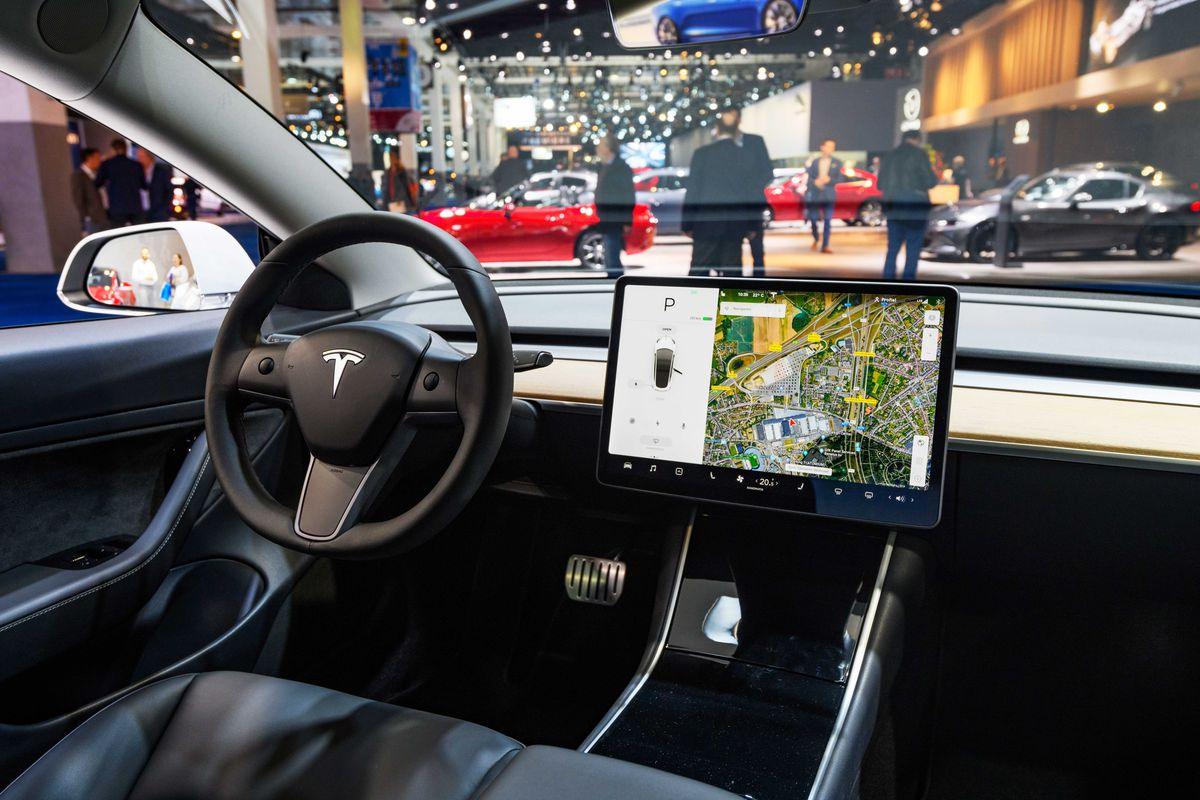
The History of Self-Driving Cars
Autonomous or self-driving cars have been around for longer than you might think. I thought they were invented just a few years ago, but the seeds were planted almost 100 years ago, in 1925.
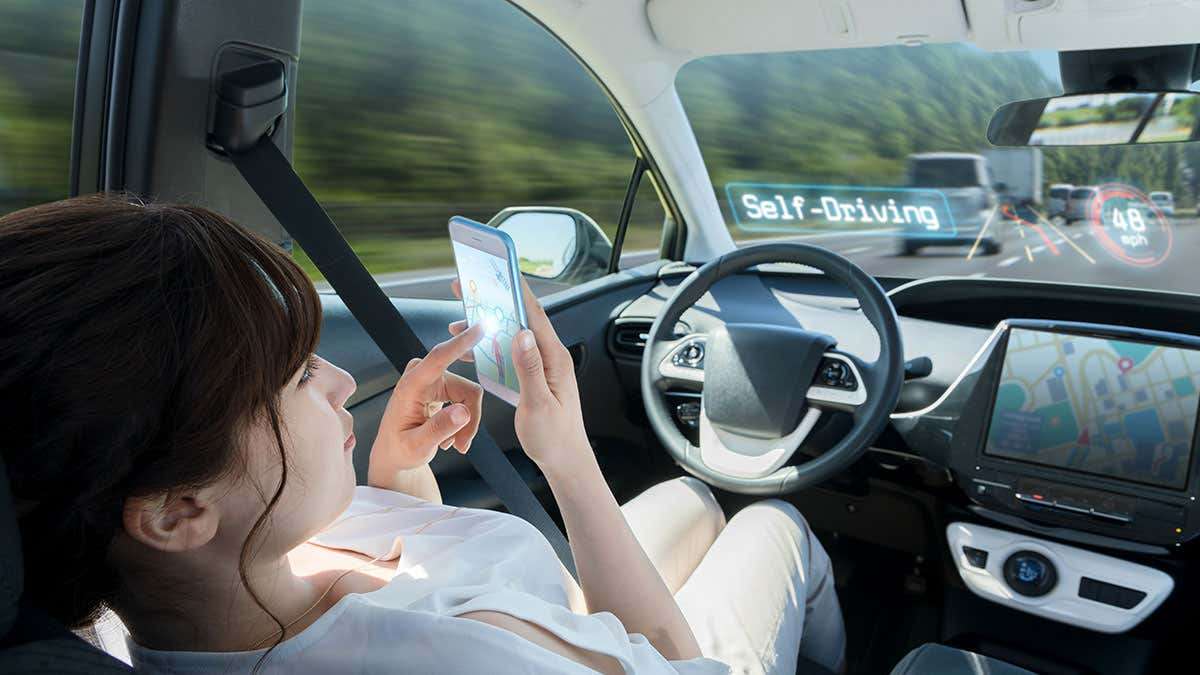
Inventor Francis Houdina demonstrated a radio-controlled car that was able to start the engine, sound the horns, and even shift gears upon request.
While this was supposed to be an innovative breakthrough in car technology, the demonstration was immediately shut down when the operator lost control and crashed the car.
Imagine the horrified reactions of the people at that time when remote-controlled cars led to accidents like that.
Dreaming Big Was the Key
A few years later, General Motors created the first self-driving car model that used electricity. It used the same radio controls as the prototype before, but this time, the car operated within magnetized metal spikes inside a railroad track.
This allowed the car to stay within its course and avoid veering off as it did before. Soon, this model became a reality in 1958.
By the time mankind was going to the moon, cameras were being added to the vehicles. This became an important aspect of self-driving cars today.
Self-Driving Technology Becoming a Reality
By 1977, the Japanese were able to improve on this by collecting data from the camera and sending it to a computer that processes the image of the road.
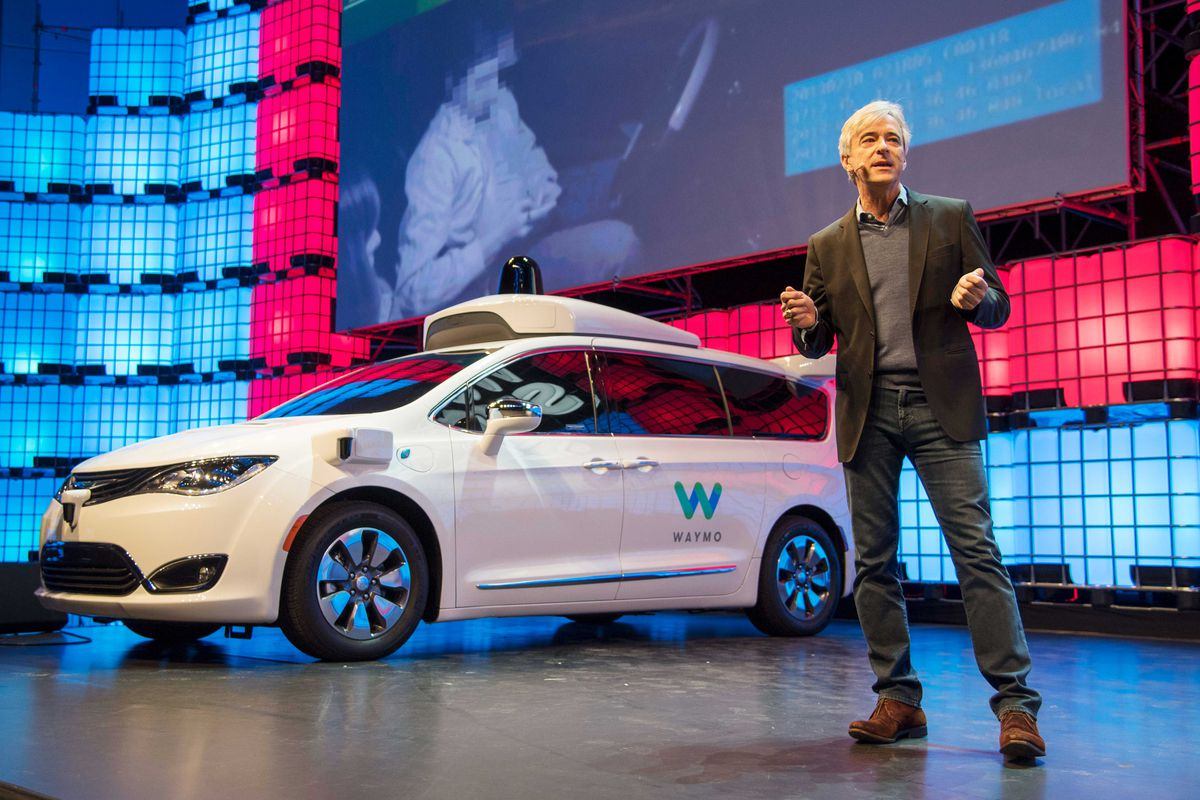
This became highly integral to the technology that is used today.
A few more improvements were added over the years, and by the early 2000s, self-driving cars finally became a reality when production of these cars was initiated.
By 2010, many major car companies such as Mercedes-Benz, Ford, and BMW took interest in self-driving technology. However, one company has made a true effort in putting self-driving cars on the market, and that is automaker Tesla.
More Time for Development
Self-driving technology is still being developed and perfected to this very day to avoid safety issues and the lawsuits that could stem from it.
There is still a lot of fixes that need to happen before self-driving cars are officially and safely on the road.
To this day, there are still no fully-autonomous vehicles being sold, but the technology is within our reach. It just needs more time.
The Need for Self-Driving Cars
With all this talk about how self-driving cars were created, I wanted to know why were they created in the first place. What was the reason behind their development? Is there a need for self-driving cars?
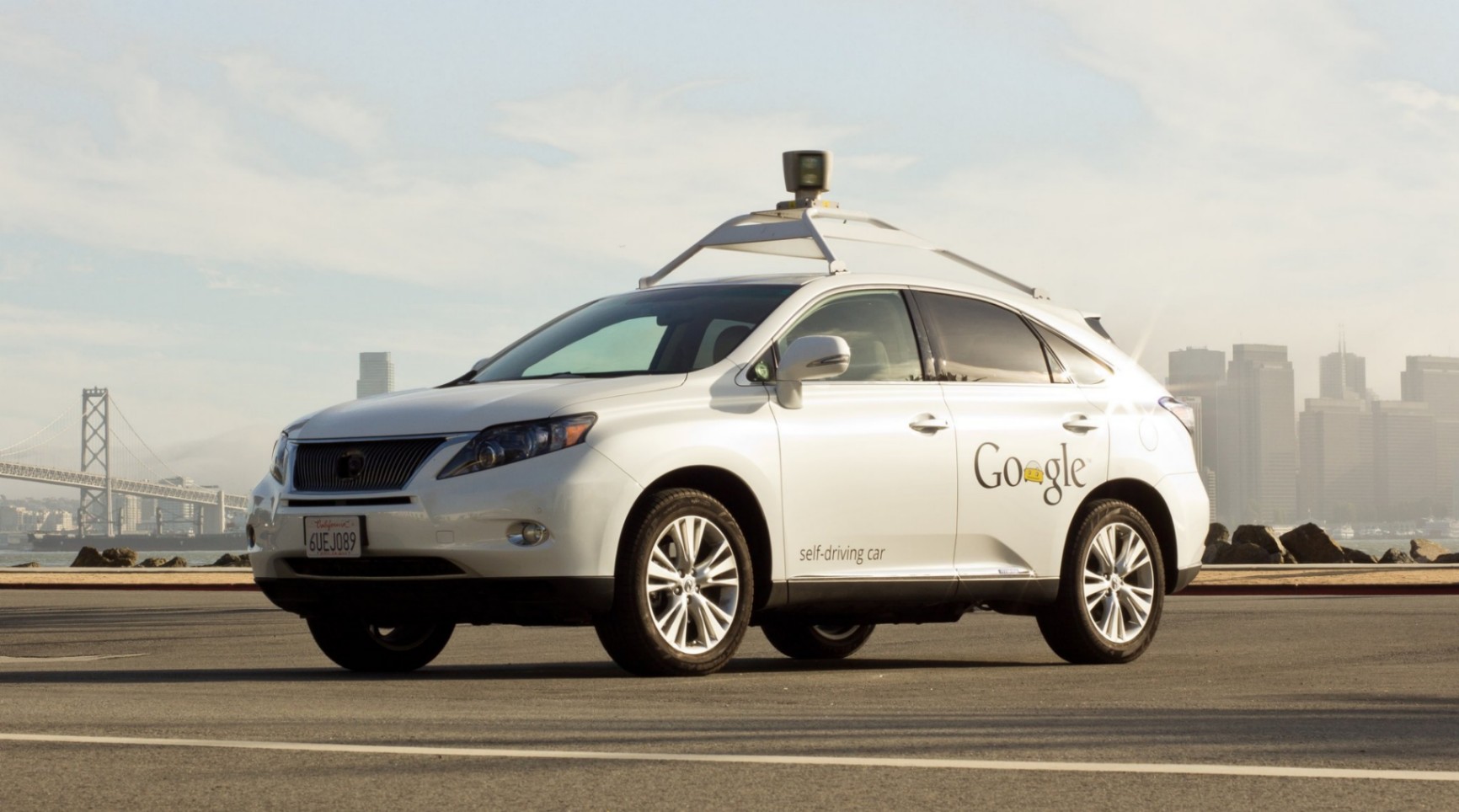
All of these are just questions that I had in mind when I first started thinking about self-driving cars. There are a lot of reasons why self-driving cars are currently being developed and improved.
For one, eliminating human error can allow for less risk of getting into an accident. An unmanned car can also be used for deliveries and thus lower the labor costs of doing business.
Introducing self-driving technology to industries like mining and exploration could make this work safer for people since you’re not putting any human beings at risk.
How Self-Driving Cars Work
Now that we know about the history and the need for self-driving cars, it’s time to understand how autonomous cars work. Self-driving cars rely heavily on sensors, machine learning systems, and complicated algorithms to function.
These cars have a map of their environment that is captured by sensors and cameras embedded in strategic locations within the car. The cameras monitor different aspects of the environment like traffic lights, road signs, pedestrians, and even other vehicles.
Meanwhile, the sensors, also known as Lidar, capture light from surrounding cars and measure the distance between them. These data are then processed, and the system provides information to the car to avoid hitting other vehicles while maintaining a safe distance, speed, and direction towards their point of destination.
The Levels of Autonomous Driving
There are different levels of autonomous driving. These include No Automation, Driver Assistance, Partial Automation, Conditional Automation, High Automation, and Full Automation.
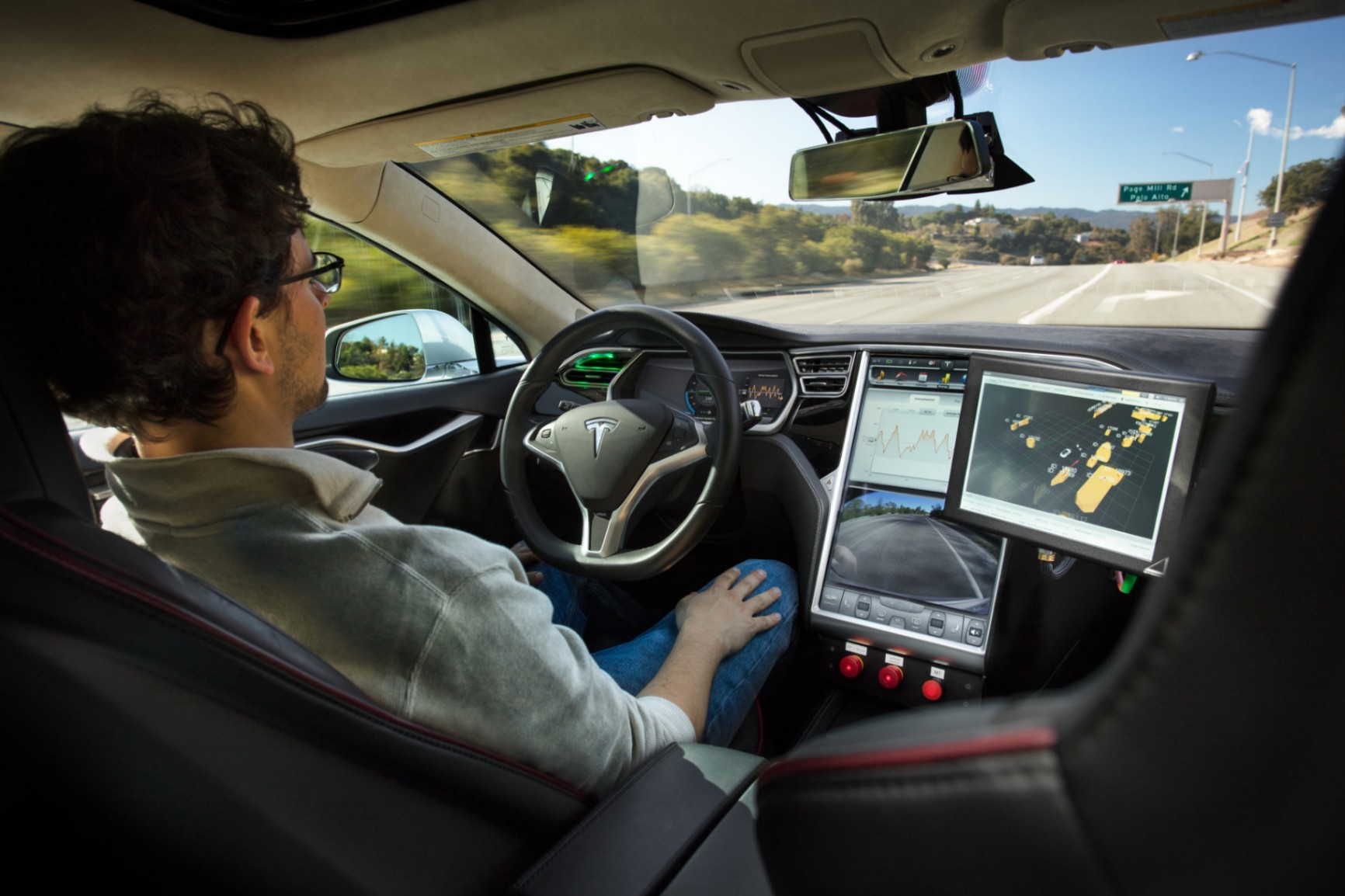
No Automation means the driver is in full control of the car, much like what we commonly have today.
Driver Assistance provides information from the system to help the driver. This is similar to systems like Waze and the system used when parking cars in tight spaces.
Partial and Conditional Automation provides certain controls over the automated systems while the driver is still in control of the car. This happens especially in safety-related conditions.
When a Vehicle Becomes Fully Autonomous
In High Automation, the car is programmed to drive itself most of the time without any intervention from the driver. The driver is still notified when there is a need to control the car due to different factors affecting the task.
This can also happen when the car is in an unmapped area. When this happens, it sends a notification to the driver to take control of the car.
Full Automation fully relinquishes all the driving tasks to the automated system, and there is no need for any human intervention.
The Challenges of Developing Self-Driving Cars
With all this technology being put to good use, there are still some challenges when it comes to self-driving cars. The sensors like Lidar, cameras, and radar technology used in self-driving cars are very expensive.
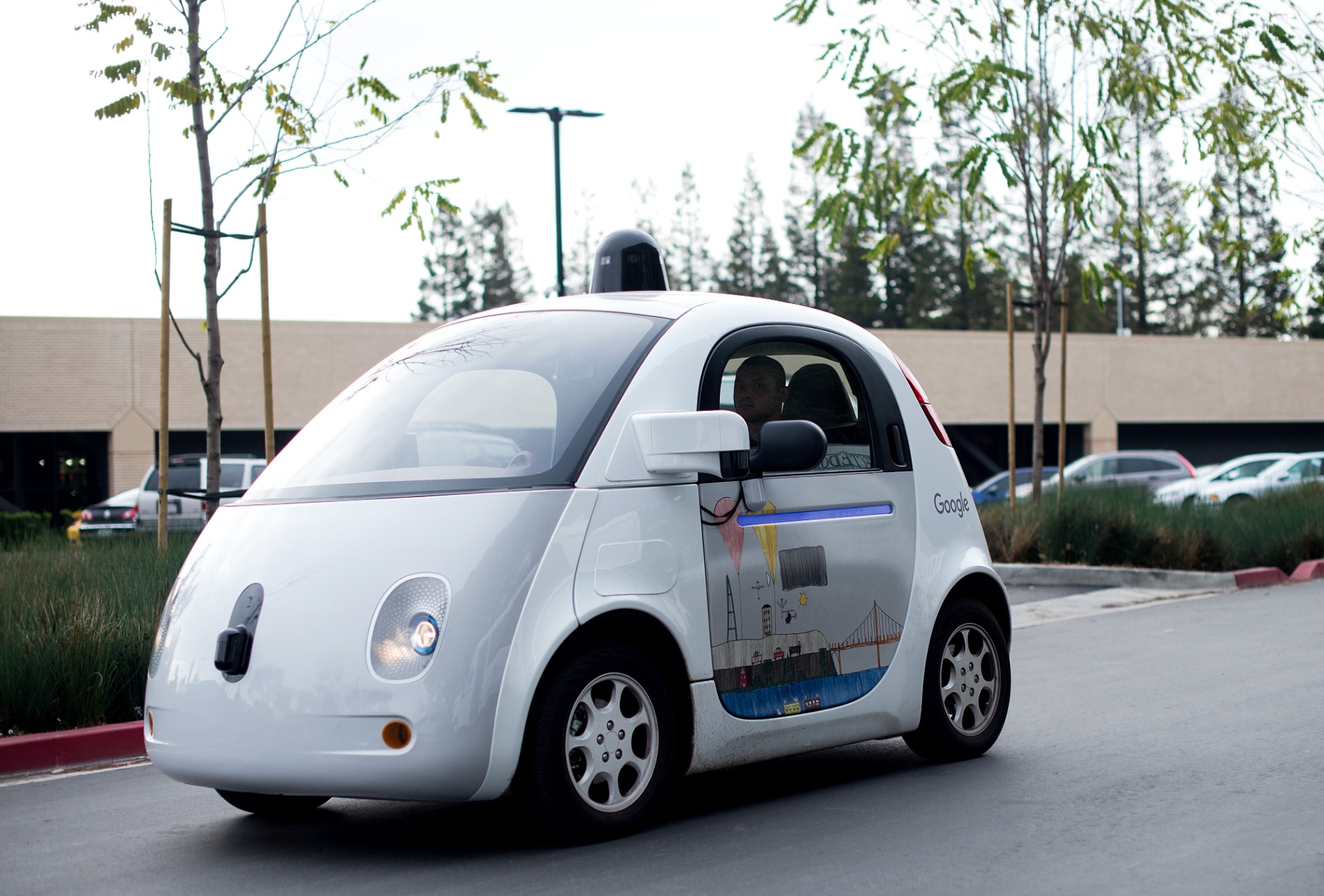
Another point of contention when it comes to self-driving cars is weather conditions. Severe weather like snow and heavy rain can affect how these cameras and sensors work.
Additionally, each country has its own rules and regulations regarding traffic which makes the manufacturing and system development of self-driving cars very complicated.
Then you have laws surrounding self-driving cars as well as who is going to be liable in case of an accident. There is still so much to discuss and improve with self-driving cars hence the reason why you don’t see them being commercially manufactured yet.
Providing More than Just Automated Driving
However, it’s not all bad news when it comes to self-driving cars. These types of cars also offer great benefits that are what propels this industry despite the challenges it faces.
When you have a self-driving car, people with disabilities can travel more conveniently. This provides them the freedom of going around without the help of other people.
Imagine the confidence they develop over being able to do that all on their own.
Saving the Environment
Apart from the many reasons I’ve mentioned about how helpful self-driving cars are to our daily lives, they can also help save our environment.
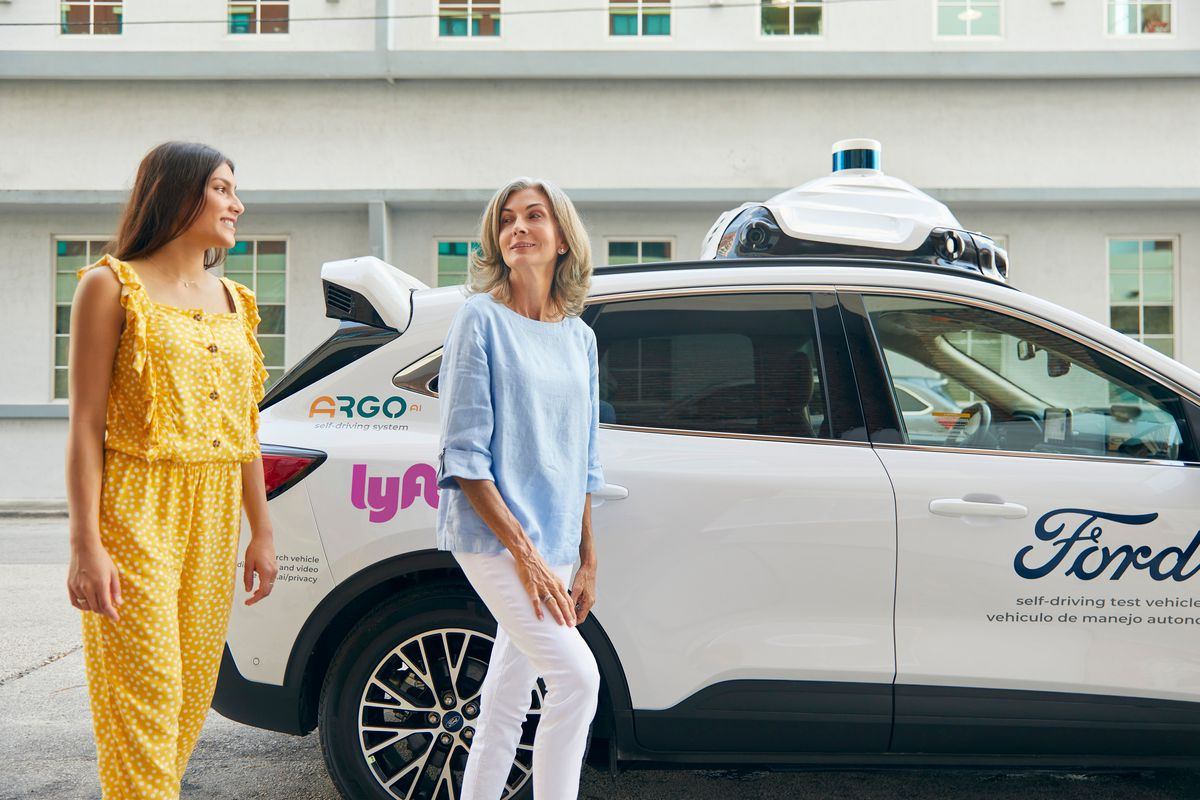
Self-driving vehicles are programmed to take the best route to your destination. This means that they cut down the costs of fuel and reduce emissions when driving.
They are also programmed to have a standard speed which greatly reduces the amount of gas burned. Less gas is being burned, and less battery power being consumed results in less air pollution.
Having a self-driving car also means that I don’t need many other cars for the rest of the family, lowering my contribution to carbon emissions to the environment. The way self-driving cars make driving more efficient keeps our environment clean.
Preventing Error-Related Accidents
Roughly 1.3 million people die in car accidents around the world every year. Most of these accidents happen due to human error. Having self-driving cars greatly reduces the amount of human error, which could save hundreds if not thousands of lives each year.
There will also be a decrease in alcohol and drug-related accidents with autonomous vehicles.
For many who suffer from road rage, having self-driving cars will save you from close calls or heated arguments with other drivers.
Conclusion
While it may take a while before fully automated self-driving cars are manufactured and used by many, the way we develop such technology today is already a step in the right direction.
The benefits of having self-driving cars on our streets outweigh the challenges that it is currently facing. It’s only a matter of time before we will have this wonderful technology in our hands, or rather, off our hands.